The educational philosophy of Kanazawa College of Art, Department of Design, Interior & Architectural Design course is to cultivate human resources who can combine various methods and expression to propose ideas beautifully. In line with the philosophy, we study and practice cross-disciplinary design education with five faculty members of different specialization, in Kanazawa, where tradition and innovation resonate. In addition to landscapes, architecture, and interiors design that are related to spatial design, the course also includes products and graphics design which is on a scale closer to humans. Hence, it is possible to learn continuously from landscape scales to packages that humans can pick up.
In this course, the teachers are not taking charge of the practice subjects that 20 of the first-year students works on, on their own. Teachers from different specialization came together to conduct joint classes. The practice subjects are connected like a relay. Hence, it became possible to have a wide perspective from an area to scale, before and after the design. The first year focuses on basic skill relays and the second year on product packages and store relays. In the first half of the third year is the regional collaboration relay challenge. This way of learning allows students to learn the basic skills of spatial design in an integrated manner. Also, by combining the architectural design, interior design, and furniture design exercises that were previously taught independently, students can now integrate their learning with a common theme. In the professional field, the cross-disciplinary design is carried out in a team, and the work is efficiently divided. However, this is the university exercise. We want students to experience the success and failure in challenging themselves to complete the design process from planning to the graphic design.

Field work
 Architecture and interior design joint class
Architecture and interior design joint class
For example, in the fiscal year 2019, we worked on a relay-type exercise based on the employee dormitory of a private company in Kanazawa city with the theme of “Proposal of a new service for Ishikawa and Kanazawa that uses private facilities in Togashi”.
In this exercise, fieldwork was first conducted around the site from the perspective of landscape design to deepen understanding of the city, and at the same time, new services were explored by using service design techniques. We worked on the architectural plan while verifying the service contents, starting with a bold conversion plan utilizing the basic structure such as pillars and beams, and designing a detailed exterior, interior design and sign, and logo.
In this way, students can learn from a macro perspective and cultivate the ability to express a micro perspective by studying a wide range of designs specialization in about four months with a common theme. These exercises are also effective in narrowing down one’s expertise from the multi-layered and diverse fields unique to environmental design. After that, in the second half of the third year, we will deepen the expertise of the student, and finally lead to the fourth year graduation project. The accumulation of cross-disciplinary relay exercises in this way identifies and refines expertise, which is the core of this major’s wide, shallow and deep design education.

Product design critic session
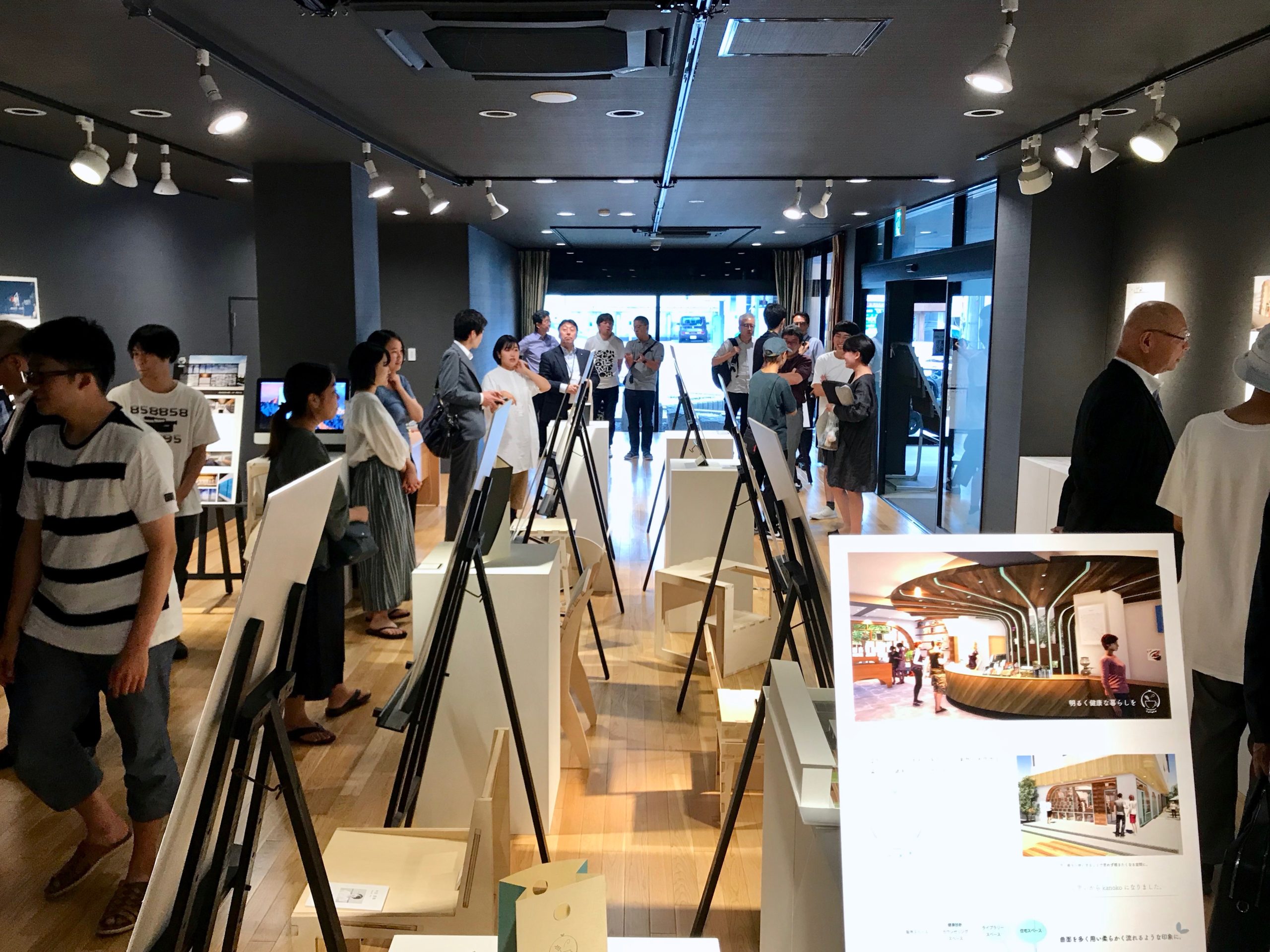
Off campus exhibition at Yanagi Sori Design Memorial
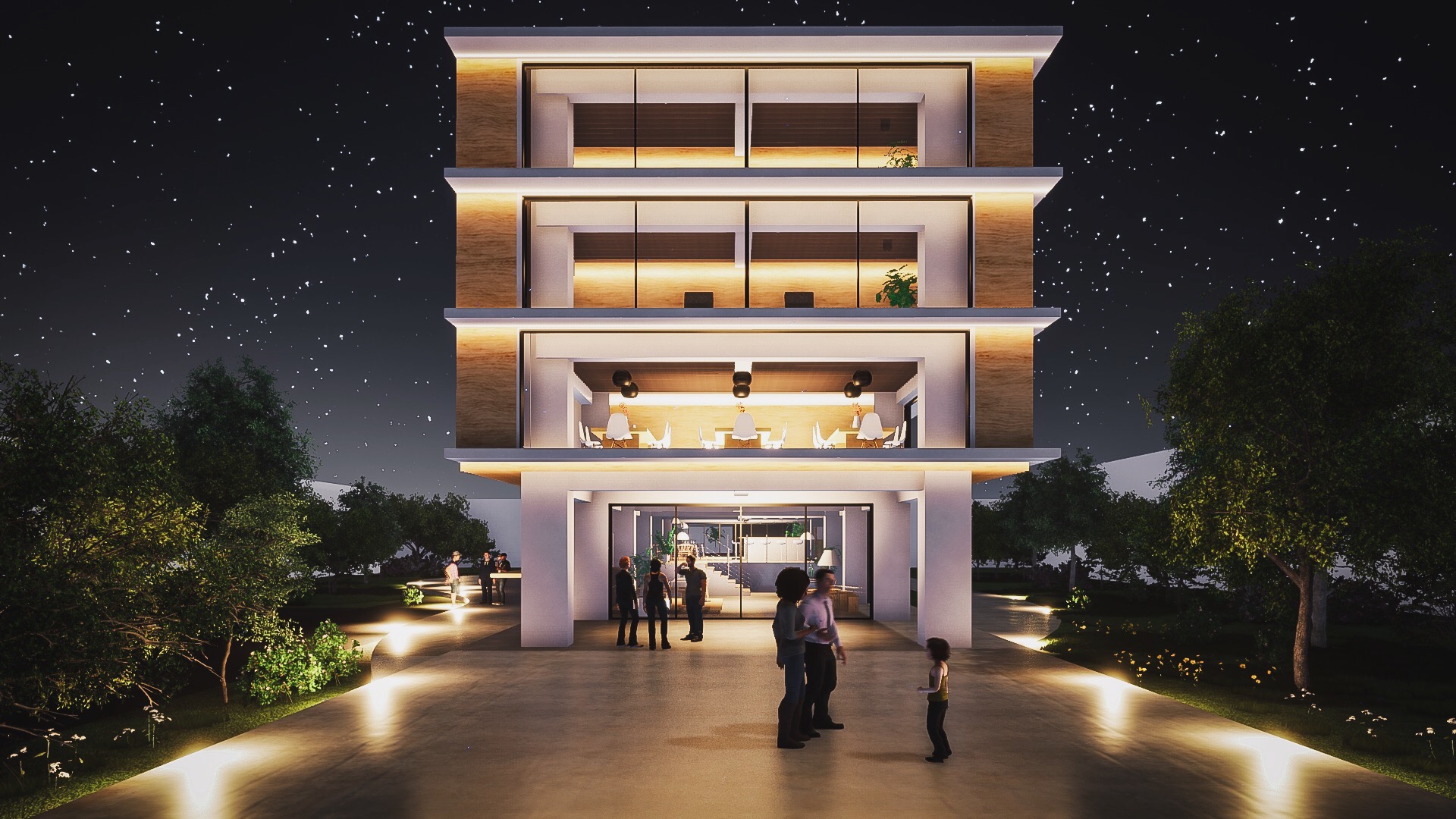
Student’s work 1
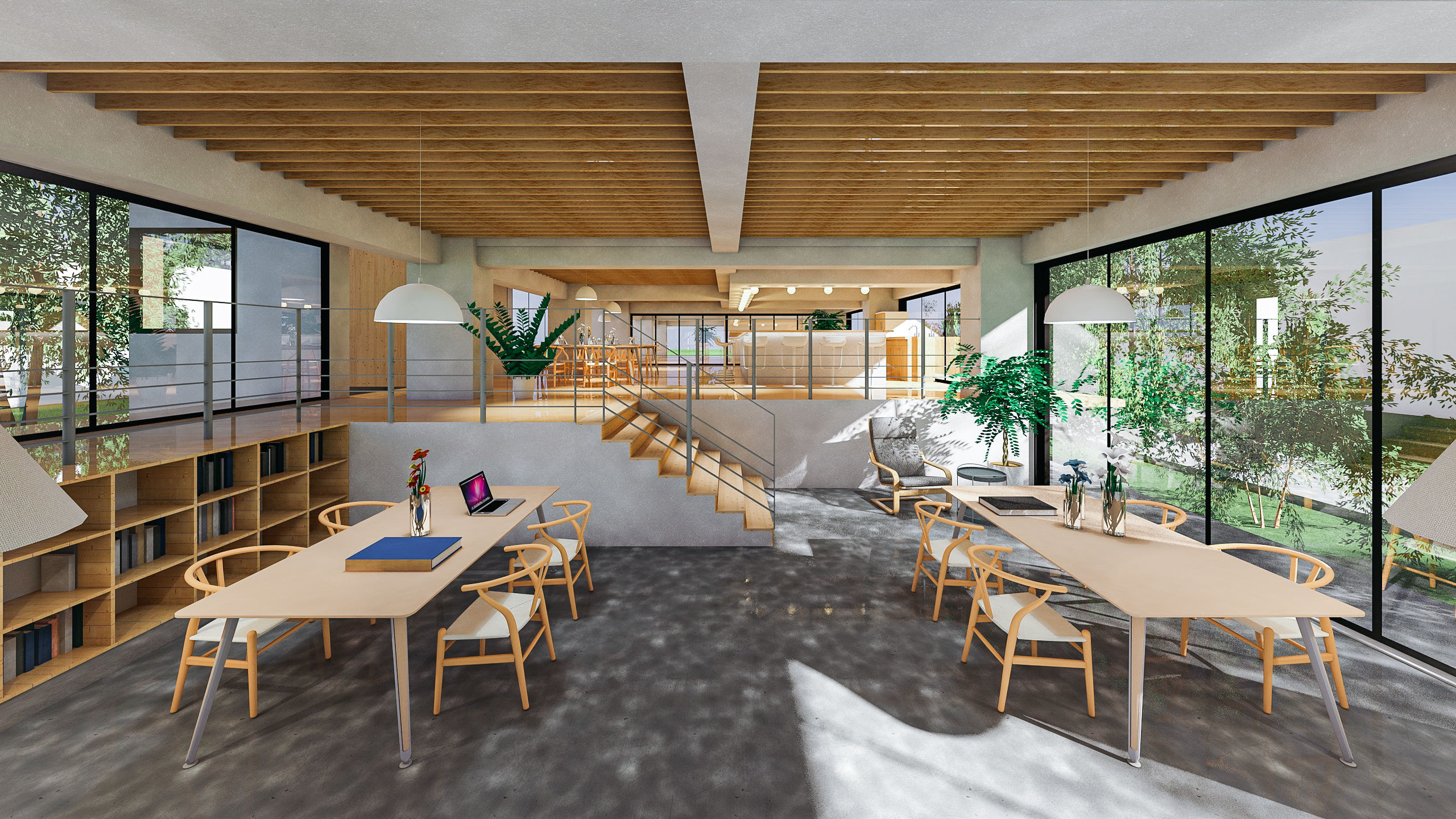
Student’s work 2
Environmental Design Major faculty

Landscape Professor Takahiro Tsuba
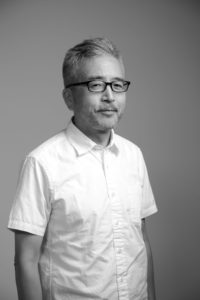
Architecture Professor Hideyuki Sakamoto

Interior Professor Osamu Kadoya

Product Associate Professor Kenya Kitamura
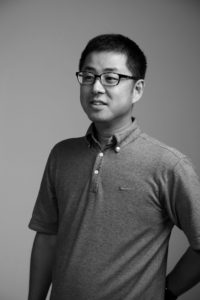
Graphic Professor Yuji Uneno
2020.3.31

 Return to List
Return to List